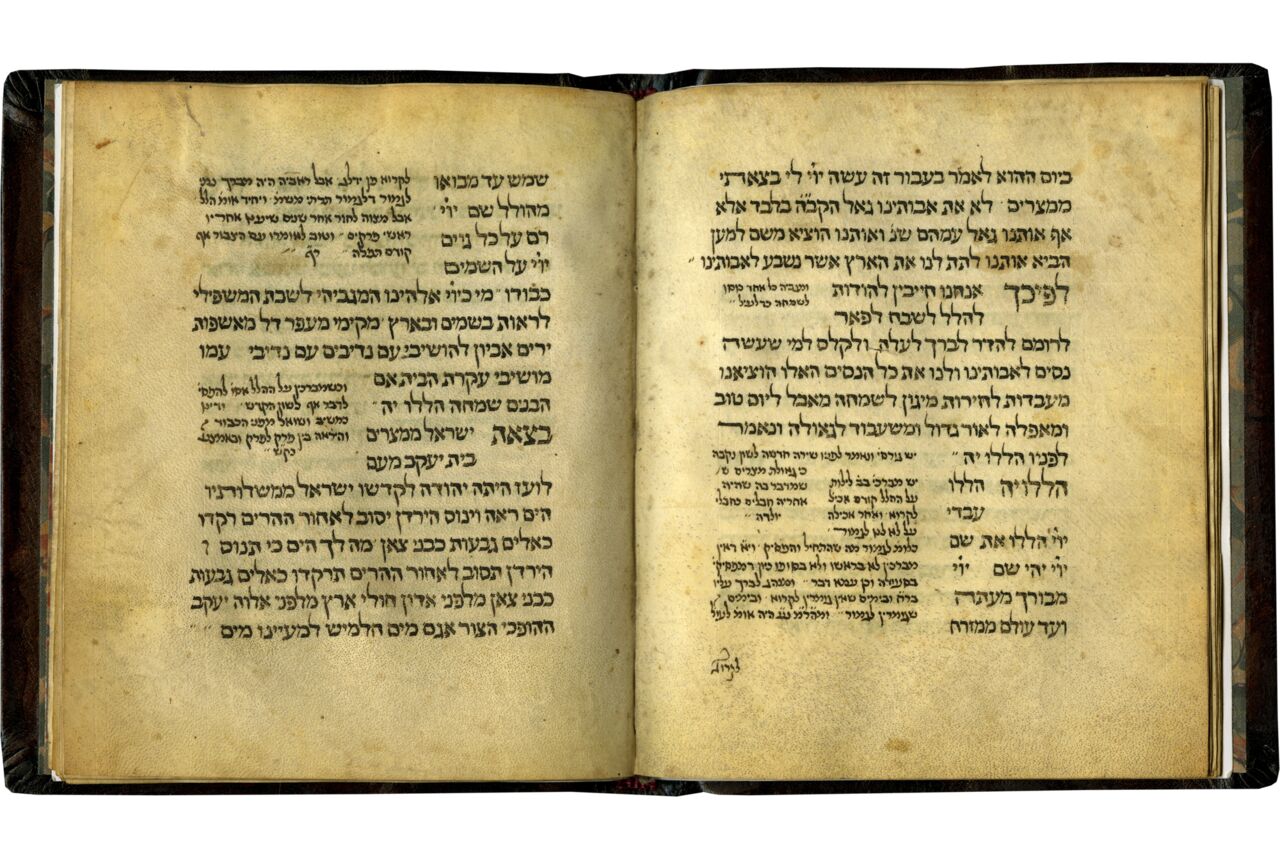
In some monastic communities this must have been common practice, given that they repaired a lot of books with such “embroidery.” The practice turned defect into art: good-looking bad skin. In the manuscript above, the hole is not made to disappear, but it is highlighted by colored threads. Repairing holes was sometimes done more elegantly. The image above shows a former rip (a long one) snaking across the page: the scribe has stitched it up like a patient in post-op.Ī hole in the page is filled with embroidery by the nuns who owned the manuscript. Uppsala, University Library, Shelfmark unknown (14th century) /

The jabs of parchment makers-and the resulting holes-were sometimes stitched together. Sometimes the reader is given an unexpected sneak peek onto the next page-where a dragon may just be introduced into the story (as in the image above).Ī tear repaired through sewing, leaving a “snake” pattern across the page. Leiden, University Library, BPL MS 25, 11th century However, readers did not seem to mind the holes too much and scribes usually just wrote around them, or they repaired them.
#Medieval manuscripts writing skin#
The art of preparing animal skin was to apply just the right amount of pressure. A small puncture easily became a gaping hole. If the round knife of the parchment maker (the lunellum) cut too deep during this scraping process, elongated rips or holes would appear.

In order to clear the skin of flesh and hair, it was attached to a wooden frame, tight like a drum. Preparing parchment was a delicate business. The most common imperfections are holes produced by the knife of the parchment maker. However, calves, sheep or goats that had given up their livelihood and skin for the sake of medieval readers were not always to blame-and neither were the scribes. Medieval craftsmen were well aware of the varying quality of animal skins, which they used as the basis for their books. Eastern France, the first third of the ninth century (Bamberg, Staatsbibliothek, Msc.Nat. : “Through-view” of an animal head initial. Leiden, University Library, BUR MS Q 1, c. The hole contains some white hairs from the cow who “donated” his skin for the production of this book. : A cut, accidentally left there by the medieval parchment maker when he scraped the hairs off the processed skin. This is because a defect tells a powerful story, shedding light on the book’s production and providing clues about its use and storage post-production.ĭetail showing hair follicles, the uneven edge of the animal skin and uneven coloring on the parchment from a book likely used in monastic education: Boethius, De institutione arithmetica, The Hague, Royal Library, MS 78 E 59, c. Unlike what you may have thought, looking at imperfect skin is far more interesting than studying its perfect counterpart. It is of uneven thickness, and shows staining and a variety of colors (image below). They feel like velvet and make a slight rustling sound when you turn the page-suspenseful whispers that teased the reader (image above). The best sheets have a deep-white color, with a hint of yellow. A scribe producing a book for his own library may be less attentive than one that worked in a monastic community. The quality of the page also had a lot to do with preparation. Paris Bible, The Hague, Royal Library, MS 132 F 21, mid 13th century Perfect SkinĪn example of high-quality parchment. We can still see these defects today, which appear as tiny holes, gaps or dark patches as we read Saint Jerome or Chaucer. Some cows loved to rub against trees while others were particularly prone to insect bites.

Like people today, not all medieval creatures had perfect skin. The quality of parchment sheets varied considerably.

Like a physician today, the book historian can make a diagnosis by observing it carefully. There is a lot you can tell from medieval skin. Parchment was introduced in late antiquity, when the codex (a book made of double leaves), was born and started to replace the papyrus scroll. The skin of animals (calves, goats, sheep) was turned into parchment, which was subsequently cut into sheets. What was frolicking in the meadow one month, may have been a page in a Bible the next. Parchment (the Good, the Bad, and the Ugly)Ĭonstantinus Africanus, Liber Pantegni, 11th century, parchment, The Hague, Royal Library, MS 73 J 6 Parchmentįor much of the Middle Ages dead cows were the main ingredient for books.



 0 kommentar(er)
0 kommentar(er)
